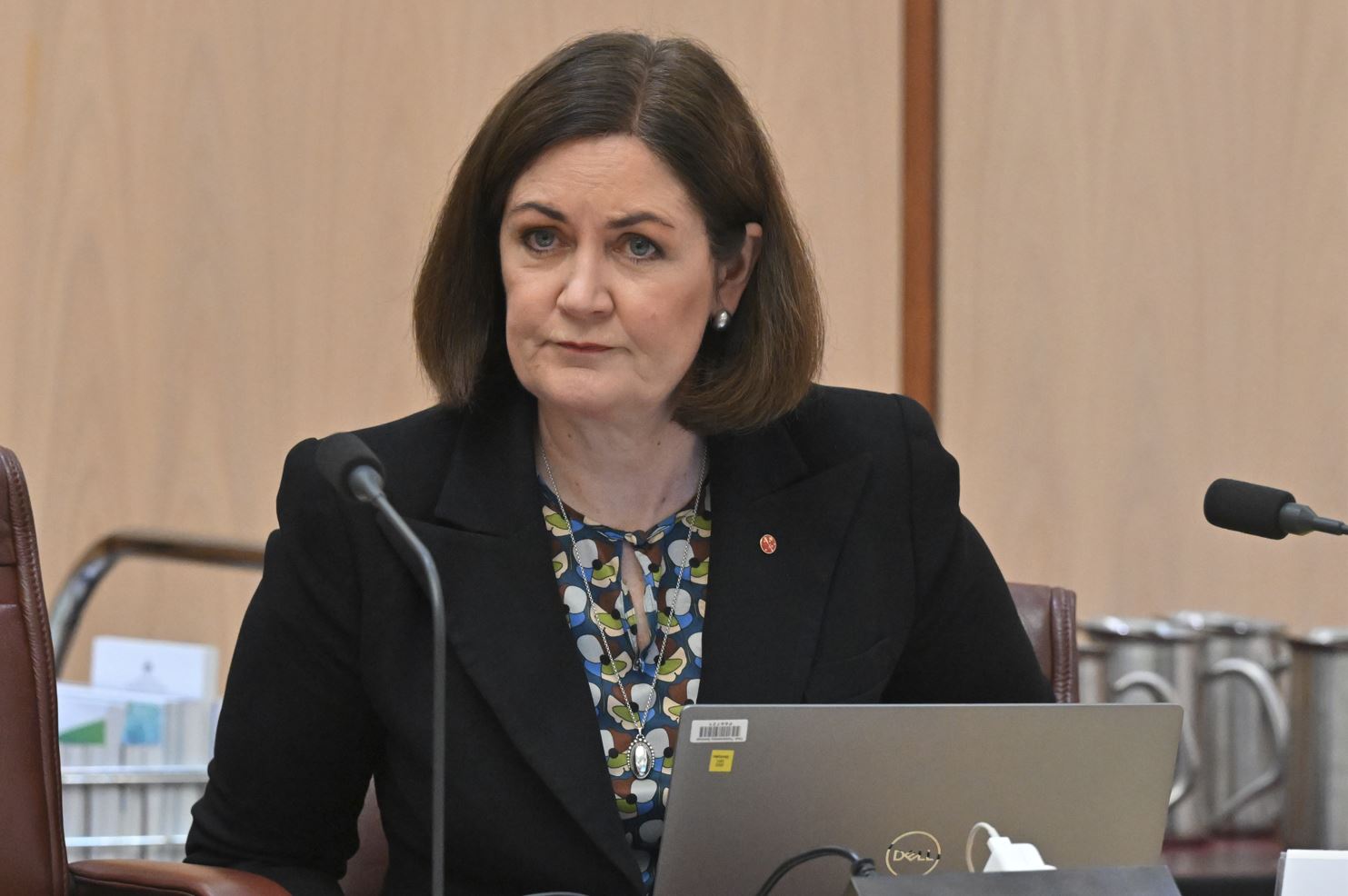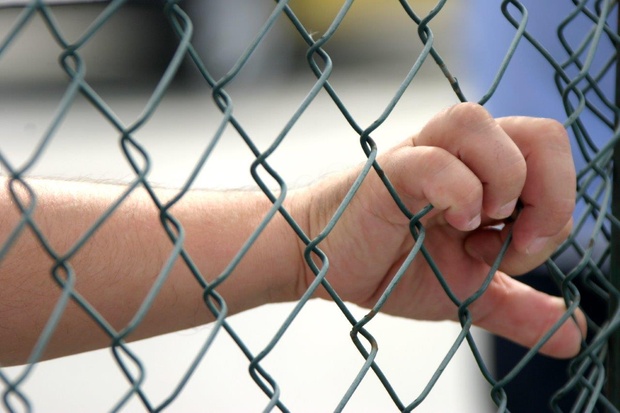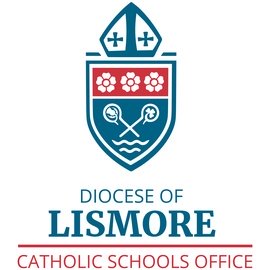The Assistant Minister for Education, Anthony Chisholm, announced that a tax rort worth hundreds of millions of dollars to elite private schools would continue, but refused to renounce accounting tricks that swindle public schools of billions in funding. The double standard is despicable. In effect, Labor is refusing to fully fund public schools but private school funding privileges are sacrosanct.
The hearing revealed that the Albanese Government is cowered by the private school lobby. It capitulated to an orchestrated campaign by the private school lobby and its allies to retain its privileged tax deductibility for donations to school building funds and reject a draft recommendation by the Productivity Commission to end the rort. Labor’s capitulation is not surprising given its long record of caving in to the private school lobby, such as the special deals that undermined the effectiveness of the Gonski funding model and ensured that private schools would continue to be over-funded.
In a Draft Report released last November, the Productivity Commission recommended ending tax deductibility for donations to school building funds. It prompted an orchestrated campaign by private schools and their allies to defend their privileges. Senator Chisholm announced Labor’s capitulation in Senate Estimates last week. He told the Estimates Committee that Commission’s draft recommendation “never represented government policy, and it’s not something we’re considering”. He said: “I support the current circumstances that are in place”.
Last December, the Assistant Minister for Competition, Charities and Treasurer, Andrew Leigh, said something quite different. He left open the option of implementing the recommendation, saying that the Government would consider the Commission's recommendations when it provided a final report to the Government. Senator Chisholm’s announcement is another victory for private schools in their war to protect their privileged funding.
The Commission’s case for ending the tax concession is impeccable. It said there is no clear rationale for the concession that was provided when private schools did not receive government funding. Any rationale that existed in the 1950s has been overcome by huge increases in government funding. The concession has outlived its usefulness. Private schools now receive a huge range of funding programs from the Commonwealth and state/territory governments.
The Commission stressed that the benefits of tax deductible donations to school building funds accrue to individuals connected with the schools such as students, parents and alumni rather than providing net community wide benefits, which is the rationale for charitable tax concessions funded by the community. These benefits are highly concentrated in the wealthiest most exclusive schools.
It also said that tax deductible donations are not an effective or efficient way to deliver government capital funding to schools. There is no prioritisation of, or systematic assessment of government funding for capital works according to need. Funding capital works through a schools tax deductible status does not align with current funding principles which purport to be based on need.
The Commission presented compelling evidence that use of tax deductible school building funds is heavily concentrated. It estimated that there are about 3500 charities that have tax deductible status for donations to school building funds. Total donations to these charities were almost $800 million in 2021. Just 10 per cent received about 80 per cent of total donations, that is, about $640 million. The Commission observed that these figures suggest that schools servicing communities with greater socio-economic advantage are more likely to benefit from tax deductible status for school building funds. Clearly, elite private schools are the primary beneficiary of this tax concession.

Cobbold says Senator Sarah Henderson, pictured above, has made the ‘ludicrous’ claim that the Commission’s recommendation is “another cruel blow for struggling families” despite the evidence that tax deductible school building funds are mostly used by elite private schools, as the Productivity Commission has observed.
The private school lobby has completely failed to refute the Commission’s conclusions. The arguments they advanced to retain their privileges were laughable and demonstrated overwhelming self-interest. In fact, much of what was said in the submission simply confirmed the logic of the Productivity Commission, that the tax deductions for school building funds were for private benefit, rather than for community benefit.
The letter writing campaign to the Commission complained that schools would have to put up fees and parents would be forced to send their children to the “over-crowded local public school”. What a calamity when the latest results of the OECD’s Program for International Student Assessment (PISA) showed that public schools did better than Catholic schools and as well as Independent schools after adjusting for differences in the socio-economic composition of the school sectors.
In its submission to the Commission, Scotch College in Perth complained that ending tax deductibility would “shift more financial burden onto families, who already make significant sacrifices to support their children’s education”. This is a school whose median family income is over $260,000 a year.
Firbank Grammar in Melbourne complained that ending tax deductibility for donations to school building funds would result in fewer donations. The median income of families attending Firbank is over $260,000 a year. Korowa Girls School in Melbourne complained that removal of tax deductibility would reduce donations and impact on the ability of the school to offer opportunities to its students. The median family income at Korowa is between $209,000 and $234,000 a year.
Pymble Ladies College in Sydney claimed that ending tax deductibility would “seriously jeopardise the ability of the College to raise the funds necessary to provide and improve our teaching and learning infrastructure” and “reduce contributions and restrict the capacity of non-government schools to meet the demand for future student places”. The principal said, “we’re not in an industry that is ridiculously well funded”. This is a school that got $10.8 million in Commonwealth and NSW Government funding in 2022 and whose Year 11 and12 fees are $39,486. The median income of families attending school is between $209,000 and $234,000 a year.
It is difficult to see what learning opportunities are made available for students in exclusive private schools by many school building projects funded by tax deductible donations other than a heightened sense of entitlement. Elite private schools use tax deductible donations to engage in an arms race for prestige. How does a multi-million dollar library designed as a Scottish castle at the Scots College in Sydney add to learning opportunities than a regular library? What does the plunge pool for the headmaster of The King’s School adds to learning opportunities? What does the underground carparks at Cranbrook and Camberwell Grammar add to learning opportunities? Why is an agora needed at PLC Sydney to support student learning? Similar questions could be asked for ornate well-being centres that are the fashion in the latest phase of the school arms race, heated swimming pools with a movable floor and so on.
These self-interested complaints were recurring themes in many other submissions by private schools and families attending them. In fact, they proved the Commission’s case that the benefits of tax deductibility accrue to private individuals associated with the school rather than having wider community benefits.
Submissions by private schools failed to address the key findings of the Commission. Indeed, some submissions reversed the onus of proof about the net community benefits of tax deductibility for school building funds. They claimed that the Commission failed to provide evidence that there were no net benefits. It is a stunning example of the sense of entitlement in these schools that it is up to the provider of government funding to prove there is no community benefit rather than the recipients’ responsibility to show there is a net community benefit.
Of course, the Shadow Education Minister, Sarah Henderson, jumped to the defence of private school privilege, saying the Commission’s recommendation would “rip the heart out of the non-government sector and force up school fees”. She made the ludicrous claim that the Commission’s recommendation was a “callous school building tax”. Ending a tax concession is not a tax in any sense of the word. She also made the ludicrous claim that it is “another cruel blow for struggling families” despite the evidence that tax deductible school building funds are mostly used by elite private schools, as the Productivity Commission has observed.
There is also a whiff of self-interest in the air around this decision by the Albanese Government. Over half the Labor Cabinet went to private schools, including the Prime Minister. Many send their children to private schools. As former NSW Labor Premier, Jack Lang, famously said: “In the race of life, always back self-interest – at least you know it's trying”.
In contrast, in the same Estimates hearing, the Assistant Minister refused to commit to ending the accounting tricks written into the funding agreement between the Morrison Government and state governments in 2018-19 whereby public schools are swindled of billions of dollars in state government funding. The Minister refused several times to answer questions by Greens Senator Penny Allman-Payne, on whether the Government would rule out including expenditures in the state shares of their contribution to the Schooling Resource Standard (SRS) of public schools that are specifically excluded from how the SRS is measured.
Well there we have it.
— Penny Allman-Payne (@senatorpennyqld) February 15, 2024
In estimates only minutes ago Labor refused to rule out closing the Morrison-era school funding loophole which allows states to avoid meeting their full commitment.
There is no such thing as "full funding" while this dodgy accounting trick exists. pic.twitter.com/luyvyk5PZV
Apart from the ACT, the states can claim up to 4 per cent of their share of the total SRS for school transport, capital depreciation and for pre-school in Western Australia and early childhood in the Northern Territory. Except for the ACT and NSW, they can also claim expenditures on regulatory authorities such as curriculum and standards bodies as part of their share. These provisions in the current funding agreements have allowed the states to under-fund public schools by about $13 billion over 2018-2024. If these provisions are retained in the new agreements, public schools will lose another $13 billion over the next five years.
Emeritus Professor Stephen Lamb of the Centre for International Research on Education Systems (CIRES) and former member of the National Schools Resourcing has said: “If the previous rules and inclusions are retained this will mean that there is at least four per cent of funding for public schools that is unavailable to be spent on public schools and learning in public schools, relative to private school.”
The current agreements also reflect double standards in government funding of public and private schools. The provisions that swindle public schools of funding do not apply to state funding of private schools. Yet, state governments provide school transport for private school students and their curriculum and standards regulations apply to private schools as well as public schools. As a result, private schools receive their full funding entitlement from state governments but public schools do not. It is another example of how the current school funding system is heavily biased against public schools.
So, the Albanese Government guarantees continuation of a special funding privilege for private schools but refuses to guarantee the rightful funding of public schools. It is a shameful double standard that will entrench the resource gulf between rich and poor.















